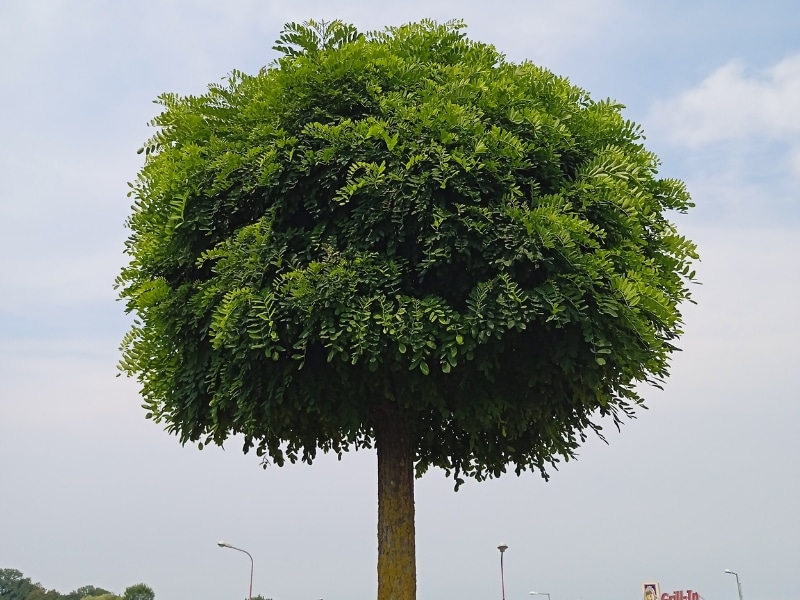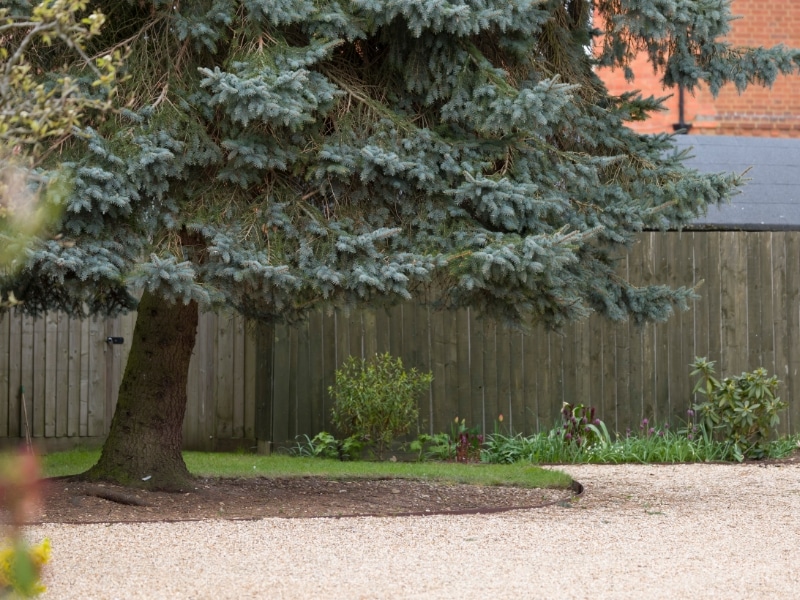When trees grow unchecked, they can quickly transition from an asset to a liability. That’s where tree crown lifting comes into play. This pruning method involves trimming the lower branches of a tree to raise the canopy, thereby improving clearance and safety around buildings, fences, and footpaths. It’s not about shaping trees for looks — it’s about preventing real, physical damage.
Whether you’re managing a commercial site or simply looking out for your own backyard, knowing when and why to lift a crown can make all the difference. This article explores how crown lifting works, when it’s most effective, and how to avoid costly tree-related mishaps — all without stepping on the toes of your primary pruning plan.
What problems can overgrown trees cause?
Overgrown trees can do more than block your view — they pose serious risks to your home, safety, and property.
Here are the main issues that arise when low branches are left to hang:
- Property damage risk: Low-hanging limbs can scrape paint, shatter roof tiles, or collapse gutters during storms or high winds.
- Blocked access points: Driveways, pathways, and gates can be obstructed by sagging branches, limiting vehicle and foot access.
- Increased pest activity: Overhanging limbs provide easy access to rodents and possums, which may enter through roof gaps or vents.
- Safety hazards: Branches at head height can injure pedestrians, while obstructed views increase risk at road exits and crossings.
Unchecked tree growth isn’t just messy — it puts property, people, and peace of mind at risk. By understanding how low branches cause access, safety, and pest issues, you’re in a better position to prevent expensive problems before they escalate.
Why does crown lifting matter for safety?
Neglecting crown maintenance puts you in a tight spot. Trees that haven’t been pruned correctly can cause legal and financial headaches, especially if they damage a neighbour’s roof or a parked car. Here are the main safety benefits of crown lifting:
- Prevents breakage during storms: Reducing branch weight and removing vulnerable limbs lowers the chance of failure during extreme weather.
- Improves clearance around power lines: Proper lifting keeps tree limbs from disrupting the electrical supply or creating fire risks.
- Boosts visibility for drivers and pedestrians: Lifting clears sightlines to intersections, signage, and crossings, crucial in suburban and school zones.
- Minimises fire load in bushfire zones: Removing lower growth reduces the chance of ground fires reaching the canopy during a bushfire.
When it comes to safety, crown lifting isn’t optional — it’s essential. Strategic pruning helps prevent harm to property, keeps roads and paths visible, and reduces fire hazards in vulnerable areas. Prioritising these measures helps avoid unnecessary drama later.
How does crown lifting actually work?
Crown lifting is one part of a broader canopy tree service. It’s done by removing select lower limbs, not hacking the tree. Here are the typical steps involved:
- Assessment and planning: Arborists evaluate species type, age, location, and branch load to decide the safest pruning approach.
- Selective pruning of lower branches: Cuts target limbs below the central crown, usually up to one-third of the tree’s height, without affecting structural integrity.
- Wound treatment and balance: Clean cuts are made to encourage healing; the canopy is balanced to prevent leaning or splitting.
- Debris removal: All offcuts are cleared, mulched, or hauled away to leave the site clean and hazard-free.
Crown lifting done right maintains tree health and reduces future regrowth headaches. By adhering to a measured and professional method, you ensure that your tree remains safe, balanced, and visually tidy, without compromising its structure or stability. This is especially important for maintaining tree health to safeguard nearby structures, as compromised trees can pose unexpected hazards if not pruned thoughtfully.
When is the best time to lift a tree crown?
Timing can make or break the result — literally. Pruning at the wrong time risks infection, sunscald, or weak regrowth. Here are the ideal times to perform crown lifting:
- Late winter to early spring: This is the best window for most trees, as growth is dormant and cuts heal before pests emerge.
- After storm season: Removing broken or overextended limbs post-storm keeps the tree balanced and reduces ongoing stress.
- When clearing space for new builds, lift crowns before any major groundwork to prevent construction clashes with roots or limbs.
- During tree health management, lifting is often integrated into seasonal maintenance for long-term canopy control.
Timing matters more than most realise. Pruning at the right stage not only protects tree health but also avoids regrowth setbacks and seasonal risks. Planning around local conditions gives your trees the best chance to thrive post-lift.
Which trees benefit most from canopy lifting?
Not all trees respond the same to crown lifting. Some tolerate it well, others — like native gums — need a lighter touch. Here are the best candidates for crown lifting:
| Tree Type | Why It Works | Caution Notes |
| Plane trees | Firm structure responds well | Watch for regrowth |
| Jacarandas | Good canopy shape, fast healing | Lift gradually |
| Oaks | Rigid limbs, ideal for clearance | Avoid mid-summer cuts |
| Conifers | Naturally layered, improves spacing | Don’t over-lift — may look bare |
| Liquidambars | Beautiful shape, reasonable response rate | Needs balancing cuts post-lift |
Knowing which species respond best to lifting helps you avoid damage and improve outcomes. While many trees benefit from more ground clearance, the trick is to match the method to the species and avoid heavy-handed cuts on more sensitive varieties. In those scenarios, you’ll need to understand how to safely remove trees causing pavement uplift to prevent further structural damage and manage the site responsibly.
Who should perform your crown lifting?
You might be tempted to grab the pole saw, but DIY lifting often causes more harm than good. A trained eye makes all the difference. Here are the key reasons to use a pro:
- Trained arborists assess the health of trees before lifting. Proper inspection avoids cutting diseased or load-bearing limbs.
- They follow Australian pruning standards (AS 4373): Compliance means the pruning promotes safety, longevity, and structural soundness.
- Jobs are insured and compliant: Professional liability coverage protects against property damage or injury to others.
- Clean-up is included: Fallen branches and sawdust are removed to keep your yard safe and tidy.
To maintain balance and promote growth, it’s wise to book qualified arborists for expert tree pruning who can assess your canopy needs properly.
Final thoughts
Whether you’re dealing with driveway overhangs or storm-prone limbs, crown lifting offers a practical fix, without reshaping the whole tree. It’s not about making your yard prettier (though that’s a bonus). It’s about preventing cracked roofs, snapped lines, and blocked footpaths. A helpful walkthrough from Tyard can show which trees on your property need lifting, and when to act.



